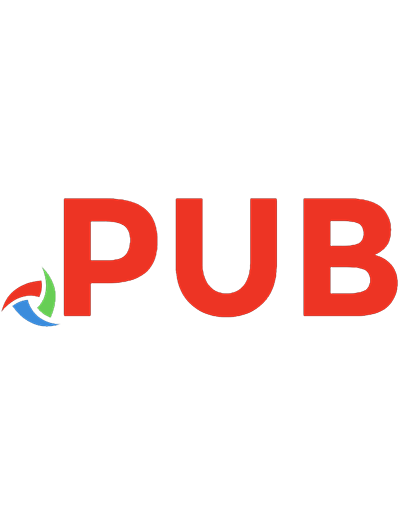Migrations and Invasions in Greece and Adjacent Areas 9780815550471, 0815550472
524 78 6MB
English Pages [199] Year 1976
Polecaj historie
Table of contents :
Blank Page
Blank Page
Blank Page
Blank Page
Citation preview
MIGRATIONS AND INVASIONS IN GREECE AND ADJACENT AREAS
by
N.G.L. HAMMOND, C.B.E., D.S.O., F.B.A.
II NOYES PARK
RIDGE,
PRESS NEW
JERSEY
Copyright© 1976 by Nicholas Hammond Library of Congress Catalog Card Number: ISBN: 0-8155-5047-2
76-17379"
Published in the United States by NOYES PRESS Noyes Building Park Ridge, New Jersey 07656
Library of Congress Cataloging in Publication
Data
Hammond, Nicholas Geoffrey Lempriere. Migrations and invasions in Greece and adjacent areas. Includes index. 1. Ethnology-Greece. 2. Ethnology--Balkan Peninsula. 3. Migrations of nations. 4. Man-Migrations. I. Title. DF135.H35 301.32'938 76-17379 ISBN 0-8155-5047-2
TO FRIENDS IN THE BALKANS FOR SHARED EXPERIENCES AND INTERESTS WITH GRATITUDE AND AFFECTION
PREFACE
When Robert Noyes invited me to write a book on the subject of migrations and invasions in Greece, I hesitated to accept a task of such wide scope in space and time; but I have taken up the challenge in the belief that my past experiences have given me perhaps some of the qualifications which seem desirable. The first is a working knowledge of the physical geography and the human conditions (especially those prior to post-war developments) of Albania, south Yugoslavia, southwest Bulgaria and Greece north of the Gulf of Corinth. I laid the basis of such a knowledge by living with peasants and travelling mainly on foot for three years-partly before the war and partly during it-in Albania, Epirus, Macedonia and the whole Pindus range down to Galaxidhi and Itea. It did not take long for me to question the correctness of the views then current in learned circles that "the spine of Pindus" and "the trough of the Achelous" were natural routes of migration. Since the war it has been possible for me to travel extensively in Yugoslavia south of the Pristina with the help of a grant from the British Academy, revisit Albania in 1972 through the kindness of the Albanian Government, and traverse the Strymon valley and see many museums and sites in Bulgaria as the guest of the Bulgarian Academy of Sciences in 1970. And I have also been able to revisit Greece, where I have taken every opportunity to extend my knowledge of the geography and the people. The second qualification is a working knowledge of the archaeological discoveries which have been made in four separate countries. For it is not sufficient for a study of this subject to stay within the frontiers of one country. To take an example, the complex of migrations which shaped the "Dark Age" of Greece c. 1100-800 B.C. can only be understood within a wider geographical and sociological framework than that of the Mycenaean world, south of Mt Olympus and the Gulf of Arta. This became clear to me in the writing of my books Epirusand A History of MacedoniaI-II, and I have become accustomed to grappling with reports of Albanian, Yugoslav and sometimes Bulgarian scholars as well as with those concerning sites in Greece. It is to be hoped that others will be attracted into this field, which is little worked by Aegean archaeologists of the Mycenaean and subsequent periods. vii
The third qualification is a readiness to look for historical analogies. The study of almost all migrations and a good many invasions from palaeolithic to modem times has brought me into contact with much unfamiliar archaeological evidence and not a few literary texts and ideas which were new to me. This has been refreshing in itself and has fulfille










